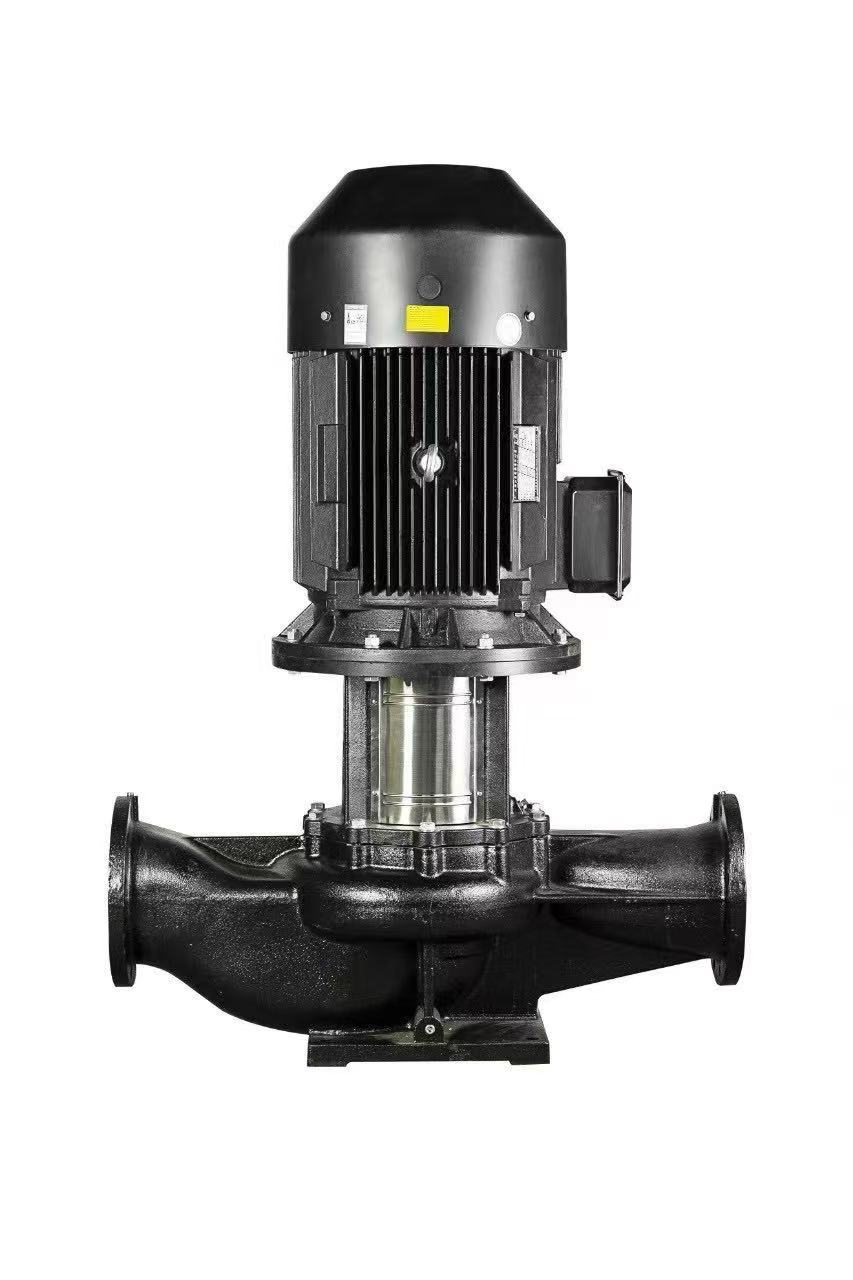What principles should guide to select a centrifugal pump
2025-09-18
A centrifugal pump operates by utilizing the centrifugal force generated from an impeller to rotate and agitate fluid, thereby creating pressure and enabling fluid transfer. When selecting a centrifugal pump, it is essential to clarify its intended application and performance requirements before deciding on the pump type. This selection process begins with choosing the category and model of the pump. So, what principles should guide this selection, and what criteria should be used?

I. Principles for Pump Selection
1.Ensure that the type and performance of the selected pump meet the process parameters such as flow rate, head, pressure, temperature, NPSH (Net Positive Suction Head), and suction lift.
2.The pump should demonstrate high mechanical reliability, low noise, and minimal vibration.
3.Economically, consider the overall costs including equipment, operation, maintenance, and management to achieve the lowest total cost of ownership.
4.Centrifugal pumps are characterized by high rotational speed, compact size, light weight, high efficiency, large flow capacity, simple structure, smooth fluid delivery without pulsation, stable performance, ease of operation, and maintenance convenience.
Therefore, centrifugal pumps should be preferred unless the following conditions apply:
●When metering is required, opt for a metering pump.
●For applications demanding very high head and very low flow where no suitable small-flow high-head centrifugal pump is available, a reciprocating pump may be selected. If cavitation requirements are not stringent, a vortex pump can also be considered.
●For very low head and very large flow, axial flow or mixed flow pumps are suitable.
●When handling fluids with high viscosity (greater than 650–1000 mm²/s), consider rotary or reciprocating pumps such as screw or gear pumps.
●For fluids containing up to 75% gas, with low flow and viscosity below 37.4 mm²/s, a vortex pump may be used.
●In situations requiring frequent starts or where priming is inconvenient, self-priming pumps such as self-priming centrifugal pumps, self-priming vortex pumps, or air-operated (electric) diaphragm pumps should be selected.
II. Basis for Pump Selection
The selection should be based on the process flow and water supply/drainage requirements, considering the following five aspects: liquid delivery capacity, system head, liquid properties, pipeline layout, and operating conditions.
1.Flow rate is one of the key performance parameters for pump selection, as it directly affects the production and transfer capacity of the entire system. For example, in process design, engineering institutes may calculate normal, minimum, and maximum flow rates. The pump should be selected based on the maximum flow rate, while also accounting for the normal flow. If the maximum flow is unknown, typically 1.1 times the normal flow can be used as the maximum.
2.The required head of the system is another critical performance parameter. Generally, a margin of 5%–10% should be added to the calculated head for selection purposes.
3.Liquid properties include the name of the fluid medium, physical properties, chemical properties, and other characteristics. Physical properties encompass temperature (°C), density (d), viscosity (u), diameter of solid particles in the medium, and gas content, which influence system head, NPSH calculations, and suitable pump types. Chemical properties, mainly referring to the corrosiveness and toxicity of the fluid medium, are crucial for selecting pump materials and seal types.
4.Pipeline layout conditions refer to data such as fluid delivery height, distance, direction, lowest liquid level on the suction side, highest liquid level on the discharge side, as well as pipe specifications, length, material, fitting types, and quantity. This information is necessary for calculating system head and verifying NPSH.
5.Operating conditions cover various factors, including operating temperature (T) of the fluid, saturated vapor pressure (P), suction-side pressure (PS absolute), discharge-side container pressure (PZ), altitude, ambient temperature, whether operation is intermittent or continuous, and whether the pump is stationary or portable.




